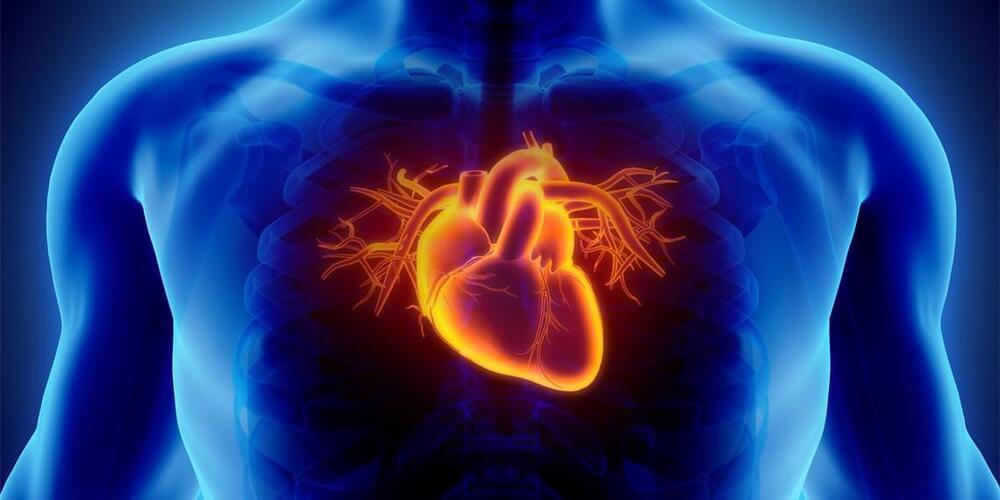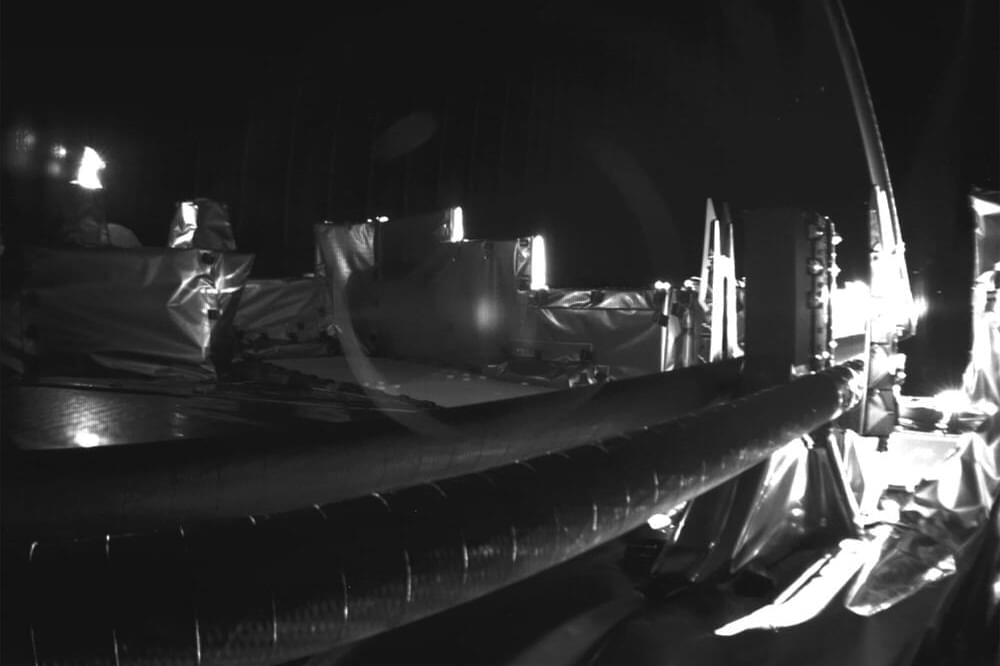New research has found that blind individuals tend to have better interoceptive abilities than sighted individuals, particularly when it comes to detecting signals related to the heart. The new findings have been published in the Journal of Experimental Psychology: General.
The study aimed to investigate how blindness affects interoception, which refers to the ability to perceive internal bodily sensations. The researchers were specifically interested in examining how blindness affects cardiac interoception, which involves perceiving the sensations of the heartbeat.
The study was motivated by previous research that has shown that blindness can lead to heightened crossmodal plasticity, which is the ability of the brain to reorganize and compensate for sensory deprivation by enhancing other senses.








